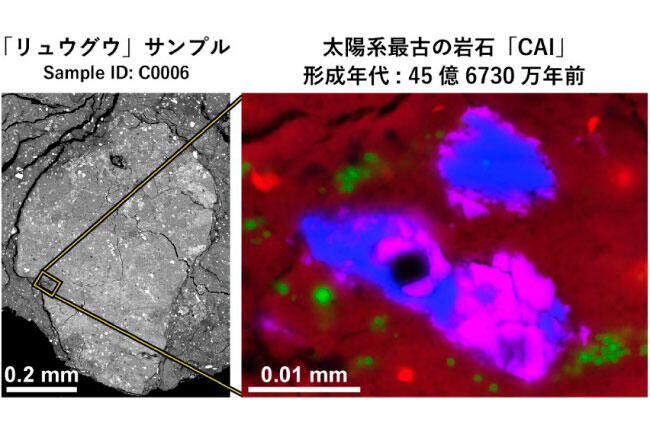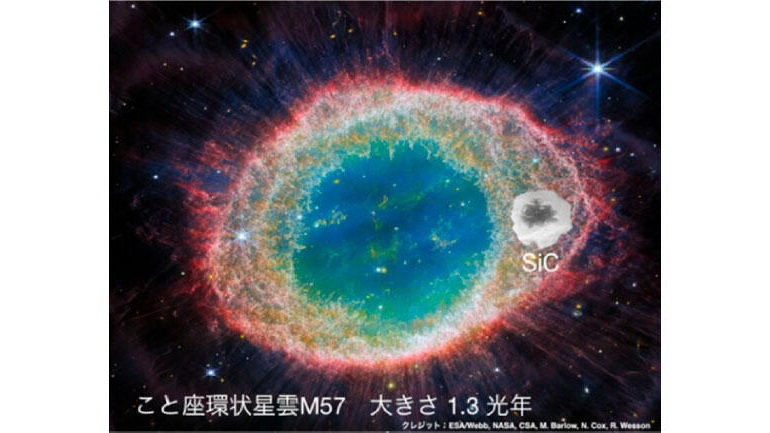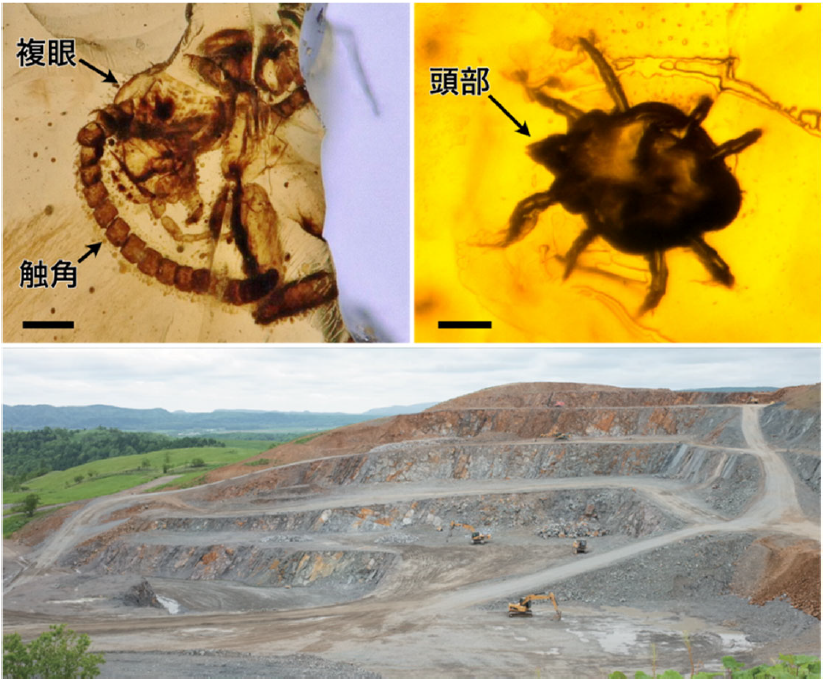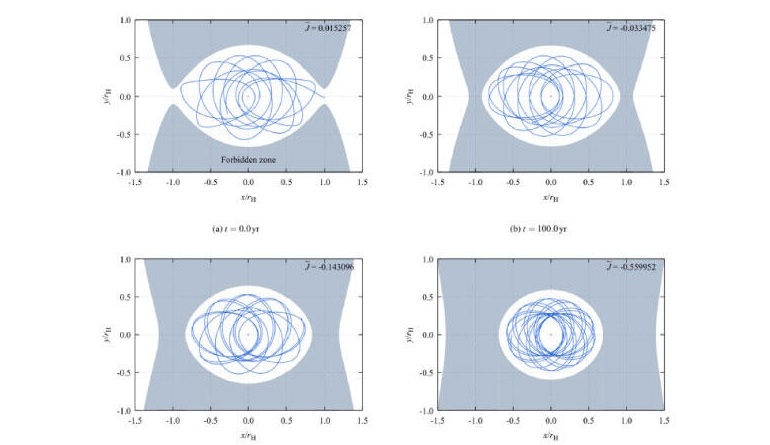Solar System’s earliest solids as tracers of the accretion region of Ryugu and Ivuna-type carbonaceous chondrites

Abstract
Samples from the carbonaceous asteroid Ryugu and CI (Ivuna-type) chondrites are dominated by low-temperature, aqueously formed secondary minerals, with rare occurrences of anhydrous primary minerals that formed in the high-temperature region of the solar protoplanetary disk. Here, we show that small (<a few tens of micrometers) Ca-Al-rich inclusions (CAIs) in Ryugu and Ivuna formed within ~0.2 Ma of the Solar System’s birth. These CAIs exhibit mineralogical, O-isotopic, and chronological similarities to CAIs in ordinary and other carbonaceous chondrites, indicating their ubiquitous presence across chondrites. In contrast, larger (>submillimeter) CAIs, commonly found in ……
Read the original article on Communications Earth & Environment
Article inforamation








